PD-L1 and ICOSL discriminate human Secretory and Helper dendritic cells in cancer, allergy and autoimmunity
- PMID: 35418195
- PMCID: PMC9008048
- DOI: 10.1038/s41467-022-29516-w
PD-L1 and ICOSL discriminate human Secretory and Helper dendritic cells in cancer, allergy and autoimmunity
Abstract
Dendritic cells (DC) are traditionally classified according to their ontogeny and their ability to induce T cell response to antigens, however, the phenotypic and functional state of these cells in cancer does not necessarily align to the conventional categories. Here we show, by using 16 different stimuli in vitro that activated DCs in human blood are phenotypically and functionally dichotomous, and pure cultures of type 2 conventional dendritic cells acquire these states (termed Secretory and Helper) upon appropriate stimuli. PD-L1highICOSLlow Secretory DCs produce large amounts of inflammatory cytokines and chemokines but induce very low levels of T helper (Th) cytokines following co-culturing with T cells. Conversely, PD-L1lowICOSLhigh Helper DCs produce low levels of secreted factors but induce high levels and a broad range of Th cytokines. Secretory DCs bear a single-cell transcriptomic signature indicative of mature migratory LAMP3+ DCs associated with cancer and inflammation. Secretory DCs are linked to good prognosis in head and neck squamous cell carcinoma, and to response to checkpoint blockade in Melanoma. Hence, the functional dichotomy of DCs we describe has both fundamental and translational implications in inflammation and immunotherapy.
Trial registration: ClinicalTrials.gov NCT03017573.
© 2022. The Author(s).
Conflict of interest statement
M.G. is currently employed by the company Generate Biomedicines. The remaining authors declare no competing interests.
Figures
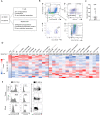
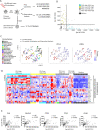


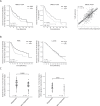
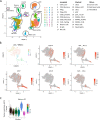
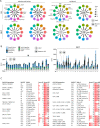
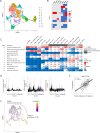
References
Publication types
MeSH terms
Substances
Associated data
LinkOut - more resources
Full Text Sources
Medical
Molecular Biology Databases
Research Materials
Miscellaneous

